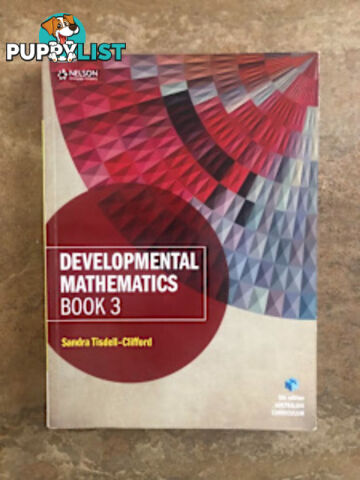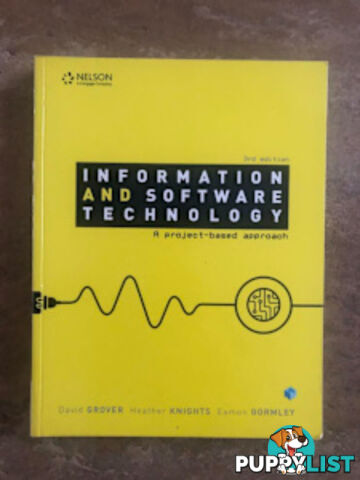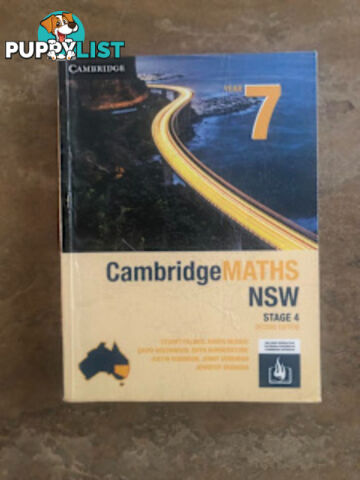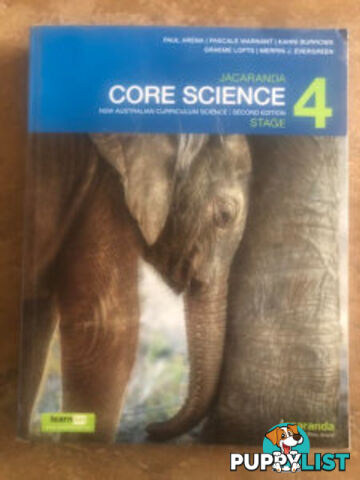This ad is on hold, please check again later.
Rottnest Island: Kingdom of the Quokka ( Study Guide)
$7.50
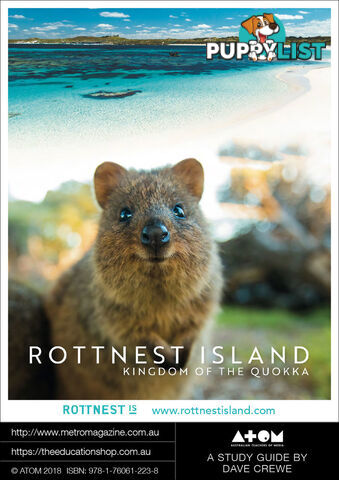
DESCRIPTION
Islands worldwide are grand experiments in nature, with their isolation creating unique conditions for animals to diverge from the norm. But some islands take evolutionary twists to the extreme. On the far west of the Australian continent, with the limitless Indian Ocean beyond, there is a set of islands whose inhabitants defy all laws of nature. The three islands lie side by side, but each is ruled by a different animal. One by a unique marsupial, the second by a penguin and the third by one of the world's most venomous snakes, as though evolution has divided the real estate equitably. And on the islands each animal has become stranger than ever – with a set of features so unique they are bizarre. One of the world's 'happiest' yet most vulnerable marsupials, the quokka, thrives only on Rottnest Island. In almost plague proportions, over 10,000 of the strange relic wallabies live here. How do they survive here in such inhospitable conditions and nowhere else? In a world-first, Rottnest Island: Kingdom of the Quokka reveals the life cycle of the quokka using special natural history filming techniques to expose the secrets of their incredible survival mechanisms. On nearby Penguin Island, the name says it all. Over a thousand Little Penguins live here. Little Penguins are found no further north in the world, and the birds here are larger, with heavier beaks than anywhere else. How does a penguin designed for Antarctic waters survive in summers of forty-degree plus heat? Close by Carnac Island is serpent heaven or hell! One of Australia's most venomous reptiles, the Tiger Snake has become a monster on Carnac Island, and bizarrely many are blind. Over four hundred snakes live on this tiny island. Carnac Island is only sixteen hectares in size but has one of the highest densities of venomous snakes ever recorded, with over twenty snakes per hectare. In a grand-experiment, things have taken a strange turn for the snakes on this island. Like the Galapagos, Rottnest and its surrounding islands hold secrets that defy reason. Only now will they be revealed with an exclusive and intimate look at the animal inhabitants and those intertwined in their lives on the islands and in the fringing ocean. CURRICULUM LINKS: Relevant content descriptors for science: Science Understanding – Biological Sciences Year 1- Living things have a variety of external features (ACSSU017)
- Living things live in different places where their needs are met (ACSSU211)
- Living things grow, change and have offspring similar to themselves (ACSSU030)
- Living things have life cycles (ACSSU072)
- Living things depend on each other and the environment to survive (ACSSU073)
- Living things have structural features and adaptations that help them to survive in their environment (ACSSU043)
- The growth and survival of living things are affected by physical conditions of their environment (ACSSU094)
- Interactions between organisms, including the effects of human activities can be represented by food chains and food webs (ACSSU112)
- Ecosystems consist of communities of interdependent organisms and abiotic components of the environment; matter and energy flow through these systems (ACSSU176)
- Transmission of heritable characteristics from one generation to the next involves DNA and genes (ACSSU184)
- The theory of evolution by natural selection explains the diversity of living things and is supported by a range of scientific evidence (ACSSU185)
- Represent and communicate observations and ideas in a variety of ways (ACSIS029, ACSIS042)
- Represent and communicate observations, ideas and findings using formal and informal representations (ACSIS060, ACSIS071)
- Communicate ideas, explanations and processes using scientific representations in a variety of ways, including multi-modal texts (ACSIS093, ACSIS110)
- Communicate ideas, findings and evidence based solutions to problems using scientific language, and representations, using digital technologies as appropriate (ACSIS133, ACSIS148)
- Communicate scientific ideas and information for a particular purpose, including constructing evidence-based arguments and using appropriate scientific language, conventions and representations (ACSIS174, ACSIS208)
- Ecosystems are diverse, composed of varied habitats and can be described in terms of their component species, species interactions and the abiotic factors that make up the environment (ACSBL019)
- Relationships and interactions between species in ecosystems include predation, competition, symbiosis and disease (ACSBL020)
- Ecosystems have carrying capacities that limit the number of organisms (within populations) they support, and can be impacted by changes to abiotic and biotic factors, including climatic events (ACSBL025)
- Ecosystems can change dramatically over time; the fossil record and sedimentary rock characteristics provide evidence of past ecosystems and changes in biotic and abiotic components (ACSBL027)
- Life has existed on Earth for approximately 3.5 billion years and has changed and diversified over time (ACSBL088)
- Natural selection occurs when selection pressures in the environment confer a selective advantage on a specific phenotype to enhance its survival and reproduction; this results in changes in allele frequency in the gene pool of a population (ACSBL090)
- In additional to environmental selection pressures, mutation, gene flow and genetic drift can contribute to changes in allele frequency in a population gene pool and results in micro-evolutionary change (ACSBL091)
- Differing selection pressures between geographically isolated populations may lead to allopatric speciation (ACSBL094)
- Populations with reduced genetic
- Recognise and solve problems involving simple ratios (ACMNA173)
- Establish the formulas for areas of rectangles, triangles and parallelograms, and use these in problem-solving (ACMMG159)
- Solve a range of problems involving rates and ratios, with and without digital technologies (ACMNA188)
- Choose appropriate units of measurement for area and volume and convert from one unit to another (ACMMG195)
- Find perimeters and areas of parallelograms, trapeziums, rhombuses and kites (ACMMG196)
- Different types of landscapes and their distinctive landform features (ACHGK048)
- Geomorphic processes that produce landforms, including a case study of at least one landform (ACHGK050)
- Represent spatial distribution of different types of geographical phenomena by constructing appropriate maps at different scales that conform to cartographic conventions, using spatial technologies as appropriate (ACHGS058)
- Present findings, arguments and ideas in a range of communication forms selected to suit a particular audience and purpose; using geographical terminology and digital
- Inquiring – identifying, exploring and clarifying information: Explore the coherence and logic of multiple perspectives on an issue.
- Reflecting on thinking, actions and processes: Give reasons to support their own thinking, show awareness of opposing viewpoints and possible weaknesses in their own positions.
- Analysing, synthesising and evaluating reasoning and procedures: apply logic and reasoning, draw conclusions and design a course of action and evaluate procedures and outcomes.
ADDITIONAL INFORMATION
- Price
- $7.50
- Condition
- New
- Delivers To
- Australia Wide




